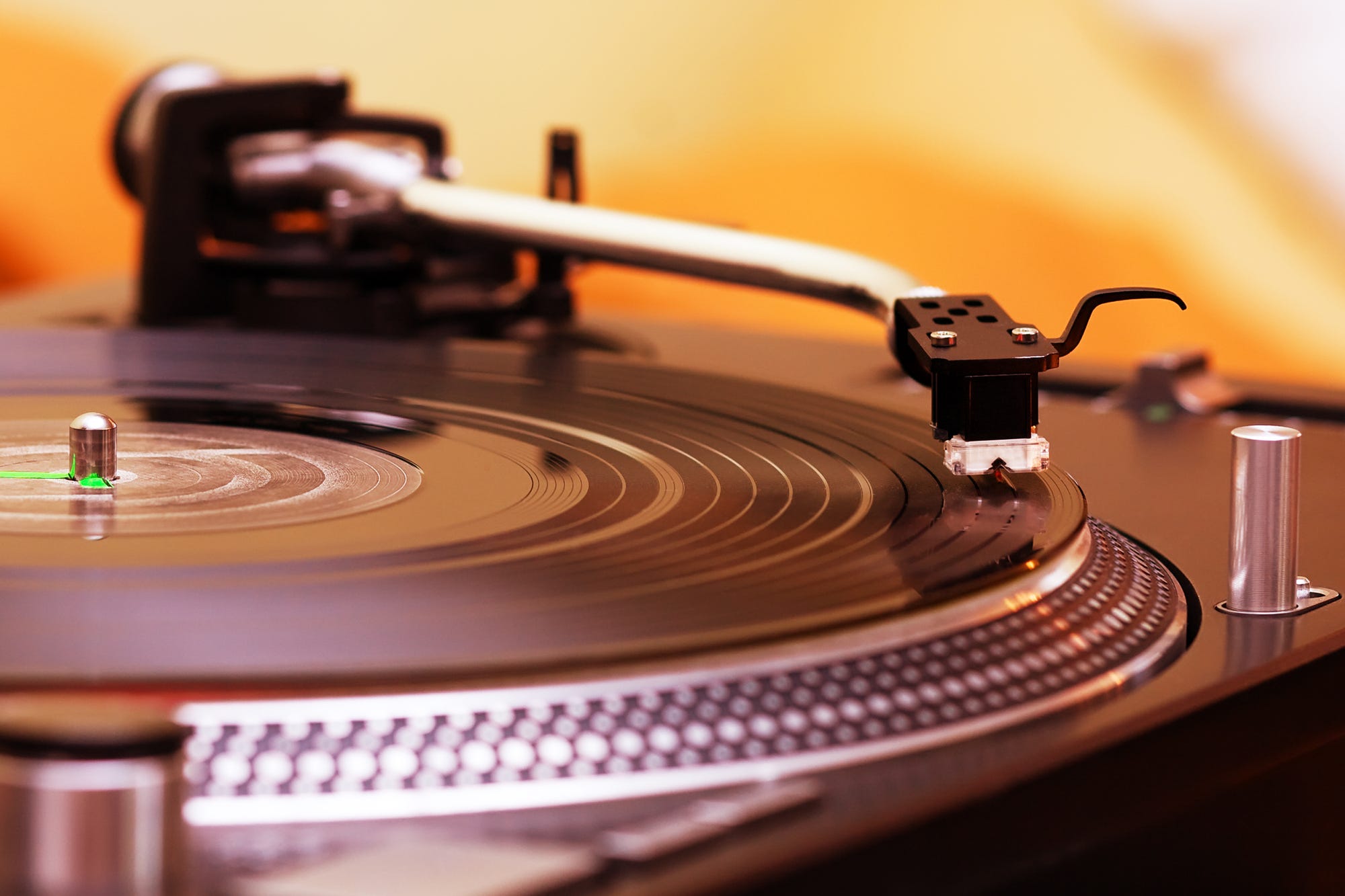
If you know anything about record players, you know that they are sensitive pieces of equipment. If you want to keep your turntable and your records in good condition to avoid any imperfections in the sound, you've got to keep them tidy and clean. Regular needle maintenance is important, and failing to maintain these components of your turntable can damage the grooves of your records. So, it probably isn't surprising to hear that the placement and positioning of your turntable can impact sound quality as well.
If you want to get the most out of your turntable and preserve its life for as long as possible, you not only need to pay attention to its physical upkeep, but also where you place it in your home. There are sensitive mechanisms within a turntable that may not perform optimally if the record player is set up improperly.
Why So Sensitive?
When we think about how turntables work, we can see why specific conditions are needed for them to maintain optimal performance. In order to produce sound, the platter on a turntable needs to spin at a precise, constant speed. The standard speed is typically 33 1/3 RPM, but most turntables can also spin at 45 RPM or 78 RPM. As the plate spins, the stylus, or needle, rests gently in the grooves of the record. The stylus must remain stable enough that it tracks the record grooves accurately without falling out of place.
On top of these requirements, audio vibrations in the room can impact the performance of a record player. This poses a challenge because, naturally, you have your turntable in the same room as the speakers that are connected to it. However, the vibrations produced from speakers and subwoofers often hinder a turntable's ability to accurately track record grooves, and can even put a strain on the turntable's mechanisms over time. This is the main reason that turntable positioning is extremely important.
Three Rules of Placement
In order to avoid interference from external vibrations and other environmental factors, there are three main guidelines to follow:
The first rule is to never put the turntable on the same surface as a speaker. Putting your record player on the entertainment stand next to your bookshelf speakers is a no-go. And don't even think about putting a turntable on top of a speaker. The record player needs to be placed on a stable, solid piece of furniture. A heavy shelf or a stereo cabinet are ideal options.
Wherever you place it, it's also a good idea to minimize the vibrations coming from your speakers altogether by using isolation pads or speaker stands. These products help to absorb speaker vibrations and prevent them from traveling through the floor or reflecting off other surfaces. If you don't have a great dedicated surface for your turntable, try using a turntable isolation platform -- these sound-absorbent devices help to isolate your record player from other surfaces and vibrations. Some turntables come with isolation products built-in, often known as a "plinth".
Going along with rule one, the second rule is to avoid placing the turntable on top of another piece of equipment. People often place turntables on their amplifiers or receivers because these types of devices are often stacked. However, amplifiers and receivers typically have air vents on the top that prevent the unit from overheating. Covering air vents can not only damage your equipment, but might lead to excessive heat transferring to the record player.
Finally, the third rule of placement is to make sure the turntable is completely level. This has less to do with interference from vibrations and other equipment, and more to do with ensuring that the inner mechanisms of the turntable function properly. If the record player isn't level, the stylus might exert excessive force in one direction and could affect the platter rotation speed. It also can alter the angle that they stylus makes contact with the record grooves, causing uneven record wear that can lead to signal distortion over time.
Since not every surface or home is completely level, most turntables have adjustable feet. All you need is a bullseye-style level and precision. Simply place the level on one side of the turntable near the outside of the platter, and then again on the other side of the platter. Take measurements on all sides and angles to get a good idea of how the turntable needs to be adjusted. You can measure while the turntable is off or spinning.
If you follow these guidelines, you can ensure your turntable stays happy and healthy, and rest assured knowing you're getting the optimal performance of your gear.






